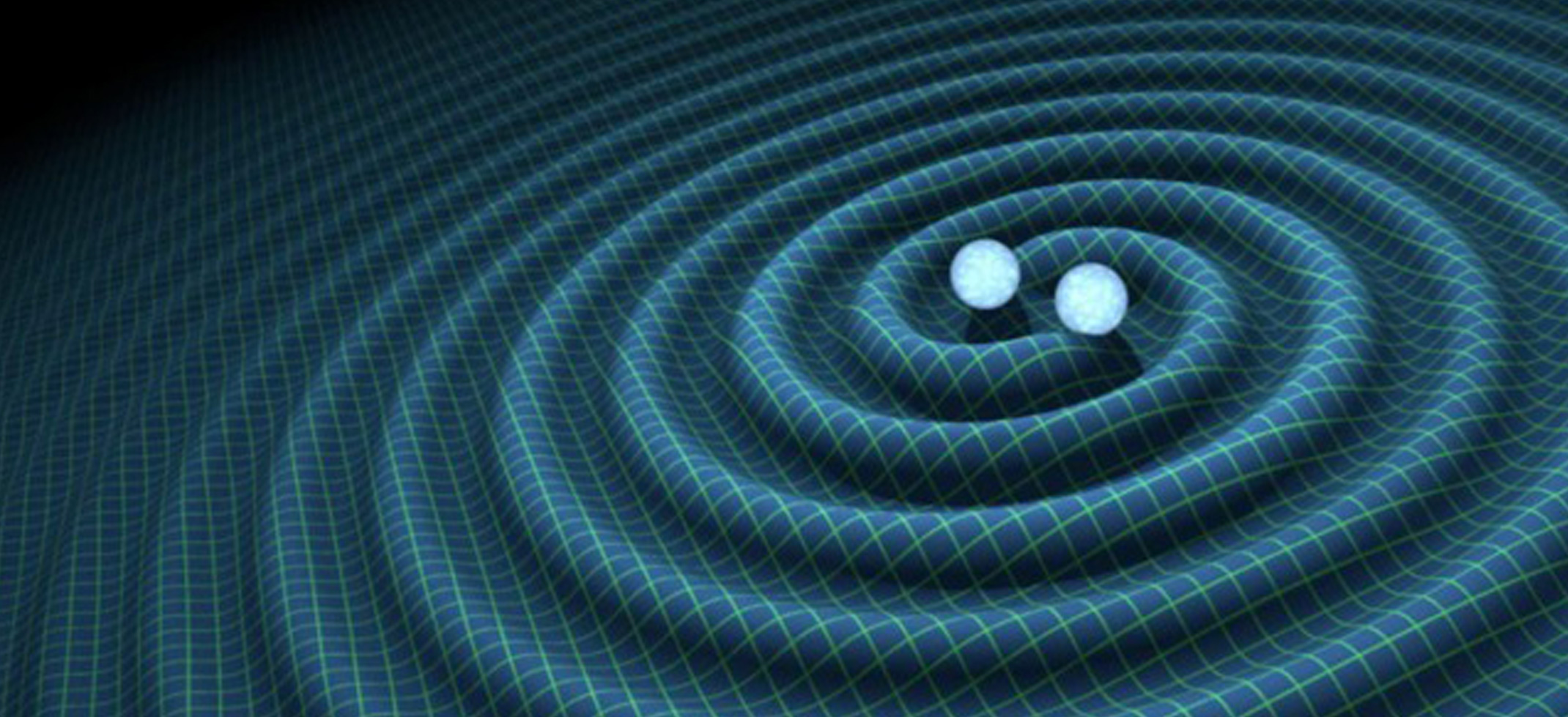The discovery is the culmination of decades of searching and 25 years of perfecting a set of instruments, called interferometers, so sensitive that they are able to detect a change in the distance between the solar system and the nearest star 4 light years away to the thickness of a human hair.
Detected by the Laser Interferometer Gravitational-Wave Observatory (LIGO) Collaboration’s sophisticated interferometer instruments in the United States, specifically the states of Washington and Louisiana, the phenomenon that created the waves was the collision of two black holes.
The two black holes are around 1.3 billion light years away and have masses equal to 29 and 36 suns resptively. The signals picked up by LIGO indicate how the collision occurred. At the beginning of the signal, they had begun circling each other 30 times a second. By the end of the 20 millisecond snatch of data, they had accelerated to 250 times a second before the final collision and a violent merger.
The collision of the two black holes resulted in a violent storm in the fabric of spacetime, one which alternated between speeding up and slowing down, which caused the physical bending of space.
Astronomers should also be able to ‘look’ much deeper in the universe and, consequently, back in time, potentially even being able to eventually sense the exact moment of the Big Bang.
More information: http://www.heatexchanging.com






